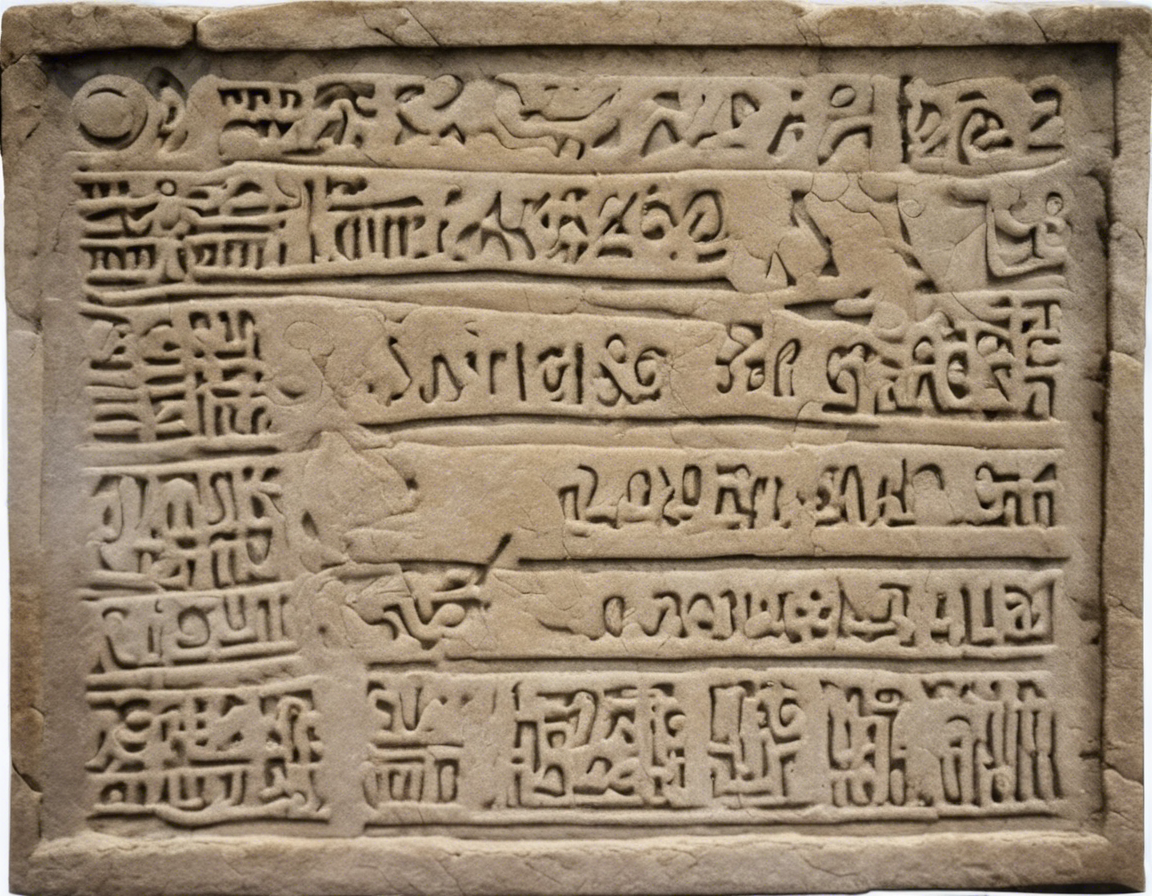Introduction
In the vast tapestry of Hindu mythology, there exists a fascinating tale about a bridge built by Lord Rama and his army of Vanaras (monkey warriors) to cross the ocean and reach the island of Lanka. This bridge, known as Ram Setu or Adam’s Bridge, has captured the imagination of scholars and historians for centuries. One of the most intriguing aspects of this ancient structure is the “Ram Setu stone name”, a subject of much debate and speculation.
The Ram Setu Stone Name
According to Hindu scriptures and popular belief, the Ram Setu bridge was constructed by Lord Rama’s army to rescue his beloved wife, Sita, from the demon king Ravana. The stones used to build the bridge are said to have been inscribed with the name of Lord Rama to make them float on water. These floating stones, also known as “Ram Setu stones”, have become a symbol of faith and devotion for millions of Hindus around the world.
Scientific Perspectives
While the legend of the Ram Setu stones is steeped in religious significance, modern scientists have also taken an interest in this ancient marvel. The geological formation known as Adam’s Bridge, which stretches between India and Sri Lanka, has been the subject of extensive research and speculation. Some scientists believe that the formation is a natural bridge created by sand, silt, and coral reefs over thousands of years. However, others argue that the alignment of the stones and the presence of man-made structures suggest a more deliberate construction.
Historical Significance
The Ram Setu bridge holds immense historical significance for Hindus, who consider it a sacred site associated with the epic Ramayana. Many pilgrims visit the region to pay homage to Lord Rama and seek blessings for prosperity and success. The bridge is also seen as a symbol of the unity and strength of the Hindu faith, as it is believed to have been built with the help of various divine beings and animal allies.
Archaeological Discoveries
In recent years, archaeological expeditions have unearthed new evidence that supports the existence of a man-made structure at the site of the Ram Setu bridge. Researchers have found remnants of ancient structures, including stone anchors and pavements, that suggest a sophisticated engineering feat. These findings have reignited the debate over the origins of the bridge and its significance in ancient Indian history.
Mythological Interpretations
From a mythological perspective, the Ram Setu stones are seen as a symbol of Lord Rama’s divinity and righteousness. The inscribed name of Rama on the stones is believed to have imbued them with magical properties, enabling them to float on water and support the weight of the army crossing the ocean. This miraculous feat is often cited as evidence of the power of faith and devotion in overcoming seemingly insurmountable obstacles.
Symbol of Unity
Beyond its religious and historical significance, the Ram Setu bridge serves as a powerful symbol of unity and friendship between nations. The bridge links the Indian subcontinent with the island nation of Sri Lanka, fostering cultural exchange and mutual understanding between the two countries. The shared heritage of the Ramayana story has helped to strengthen the bonds of brotherhood and respect among people of different faiths and backgrounds.
Controversies and Conservation
Despite its cultural importance, the Ram Setu bridge has been embroiled in controversies over environmental conservation and development projects. Proposals to dredge the bridge to facilitate shipping lanes have sparked outrage among conservationists and religious groups, who argue that such activities would desecrate a sacred site. The delicate balance between progress and preservation continues to be a point of contention among policymakers and stakeholders.
FAQs (Frequently Asked Questions)
1. What is the significance of the Ram Setu stones in Hindu mythology?
The Ram Setu stones are believed to have been inscribed with the name of Lord Rama to enable them to float on water and form a bridge across the ocean. They symbolize divine intervention and the triumph of good over evil in the epic Ramayana.
2. Are there any scientific explanations for the existence of the Ram Setu bridge?
While some scientists attribute the formation of Adam’s Bridge to natural causes such as sedimentation and coral reef growth, others argue that the alignment of the stones suggests a man-made structure. The debate between geological and archaeological interpretations continues to unfold.
3. How do archaeologists view the Ram Setu bridge in the context of ancient Indian history?
Recent archaeological discoveries, including stone anchors and pavements, have provided evidence of human habitation and construction activities at the site of the Ram Setu bridge. Researchers are exploring the possibility of a prehistoric civilization that may have built the bridge.
4. What role does the Ram Setu bridge play in promoting cultural exchange between India and Sri Lanka?
The bridge serves as a symbolic link between the two countries, fostering cultural exchange and diplomatic relations. The shared heritage of the Ramayana epic has contributed to a sense of shared identity and mutual respect among people of Indian and Sri Lankan descent.
5. How have controversies over the Ram Setu bridge impacted conservation efforts in the region?
Proposals to dredge the Ram Setu bridge for shipping purposes have raised concerns among conservationists and religious groups about the preservation of a sacred site. The debate over environmental conservation versus economic development remains a key challenge for policymakers.
Conclusion
The Ram Setu bridge, with its enigmatic stones bearing the name of Lord Rama, continues to captivate the imagination of believers and scholars alike. Whether viewed through a religious, historical, or scientific lens, this ancient marvel stands as a testament to human ingenuity and spiritual devotion. As debates over its origins and significance persist, the Ram Setu bridge remains a symbol of unity and faith that transcends borders and cultures.
